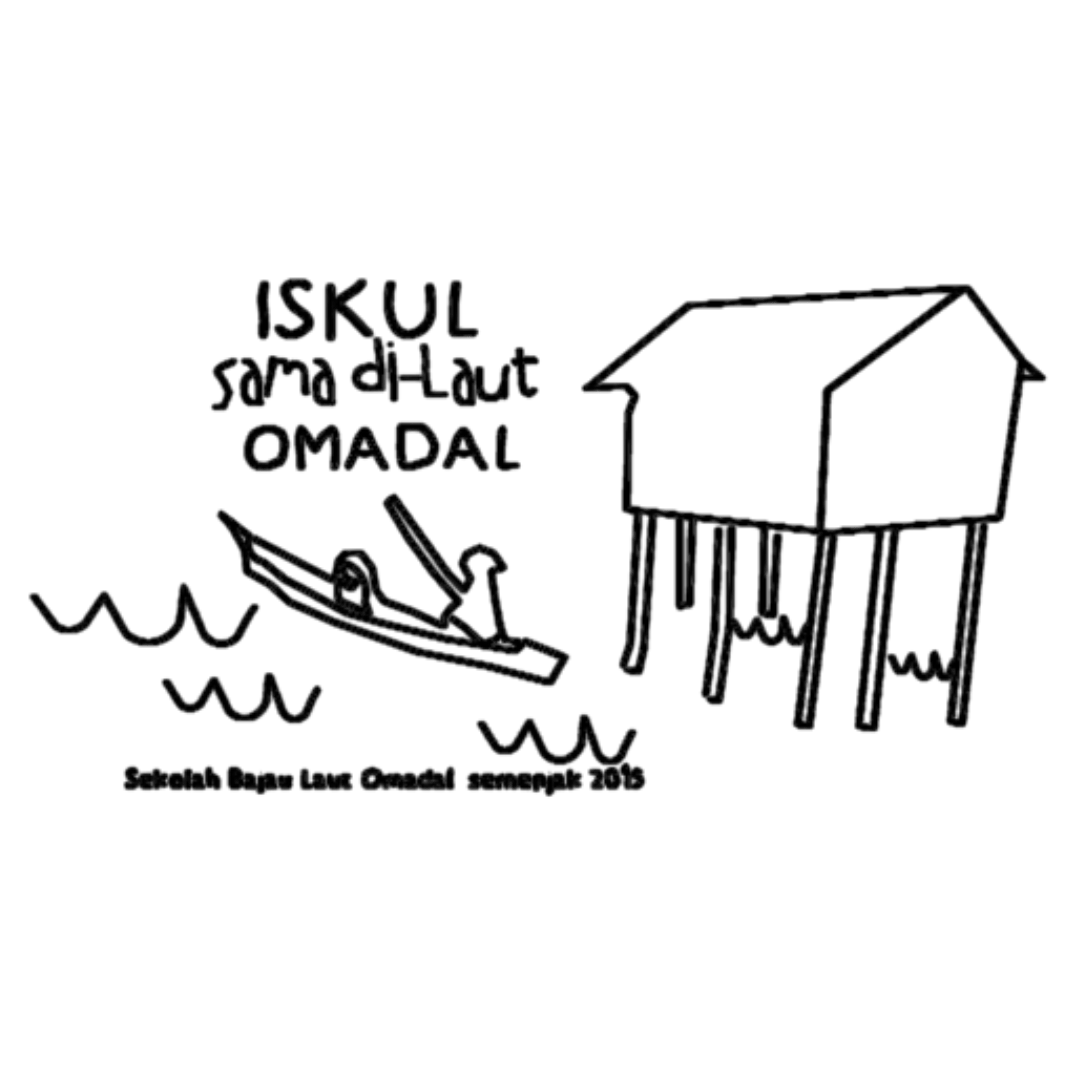A total of 33 households were on board for the pilot waste management project, 27 are stateless households and 6 Malaysian households. In2022, we removed a total of 677.1 kg plastic waste from Omadal island. Our results show that the Malaysian sent extra 4kg of trash a month compared to their stateless neighbours. This could be due to income inequality and legal statutes that led to a spending gap between both communities. In conjunction with the project, we had 3 meetings with the UM expert, Dr Fauziah from the Center for Research in Waste Management, University Malaya. She and her team had made a field visit to Omadal in December 2022 to understand the waste situation better and propose options on way forwards. This connection has helped link Iskul and Omadal with the university and we’re also looking at future praxis collaborations.
The current waste management situation in Omadal:
- Organic waste are thrown into the sea without treatment and could cause eutrophication if they are present in access within an area.
- Plastic wastes are (i) burned, or (ii) collected to be sold to seaweed farmers or (iii) sent to Iskul for disposal in Semporna mainland (only 33 households). There were previous efforts by WAPO to turn PET bottles into “eco-bricks”. However, the “eco-bricks”’ uses are limited. Ecobricks are too light as construction material hence can only be used to construct low risk structures.
- The current open space point for waste storage is not suitable for future use as the built walls are damaged due to exposure to neap tides. Moreover, occasional storms cause the water level to reach the built wall and wash the collected waste into the sea.
- Environmental awareness level is low and littering is seen as acceptable practices while waste gathering and proper disposal are considered as new concepts. This is inevitable as no proper waste collection system is available on the island.
Waste management options suggested:
- To manage plastic waste, the community can shred plastic before collection to save storage space before transporting the waste out of Omadal. The shredded plastic could be recycled by selling to potential buyers. To do this, there is a need to purchase a plastic shredder.
- To manage aluminium waste, it can be flatten prior to storage to save space. A crimper can be purchased for this purpose. The flatten aluminium can also be sold to potential buyers as part of recycling effort.
- The tools – shredder and crimper need to be located in a common area for the community member to use before sending the waste to the storage area.
- To introduce a recycling campaign to guide the community to segregate wastes as well as how to use the shredder and crimper.
- To convert plastic disposal into fuel/energy using cold plasma pyrolysis. However this system is costly.
- To manage the organic waste, there can be a centralised composting program for the whole community or individual household composting and/or conversion to biochar. However these programs required training for the community members.
The location of the waste management facility (with storage) should be built on higher ground (near to the SK Omadal or the solar farm) to keep the waste safe from being washed away but the tide into the sea in the case of a storm.
